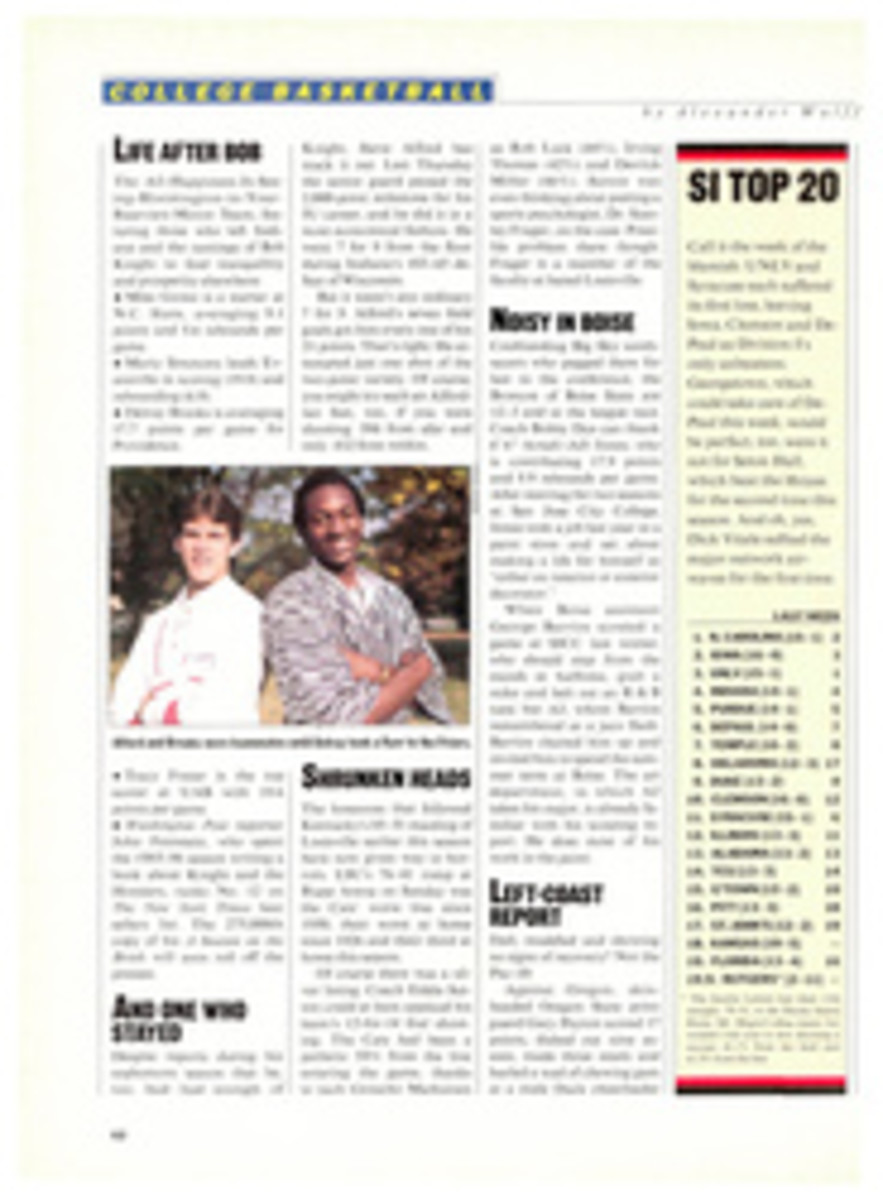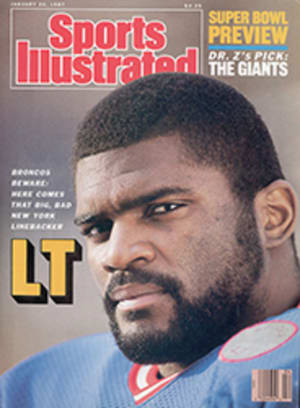
BOWLING FOR MOOLAH
What is it about bowling that makes it absolutely wonderful? Until the national press rediscovers it every seven years or so, the sport gets about as much respect as mud wrestling. Sophisticates would rather confess to dining out at truck stops than admit they watch bowling on the tube. Yet year after year, on winter and spring Saturdays, the Pro Bowlers Tour on ABC outrates all other sports. Golf, tennis, college basketball, hockey, the anthology shows, baseball, pro basketball—all have fallen victim at one time or another to kegling.
Certainly those connected with golf's highfalutin Masters must be jealous of bowling's ratings. When the world-renowned Long Island Open at Garden City Bowl went head-to-head against the third round of the Masters last year, the bowlers rolled up a 5.2 in the Neilsens for ABC while the golfers shot a 4.2 for CBS—a difference of more than two million viewers. Bowling had a similar edge, 5.6 to 4.6, over regular-season college hoops on NBC and CBS. Bowling wins so often it's laughable—and phenomenal. The year's first bowling telecast, the U.S. Open on Jan. 10, got a 5.1, compared with 4.9 for North Carolina-Duke on CBS and 3.3 for Tournament of Champions golf on NBC.
Next to college football and Wide World of Sports, the bowling tour is the longest-running sports series on television. When the tour made its debut in 1962, color TV was still new, Wagon Train was No. 1 in prime time and the instant replay had yet to be invented. Bowlers back then had a seamy image, bringing to mind visions of louts in white T-shirts who carried packs of cigarettes rolled up in their sleeves. The Pro Bowlers Association has worked hard to change all that.
The supreme virtue for anyone appearing on TV, whether in sports, quiz shows or soap operas, is neatness. Knowing that it had to make it on the tube to prosper, the PBA decided in '62 via its Image Committee (yes, there really is one), to rigidly enforce some rules for its bowlers. Each week's finalists would have to wear color-coordinated clothes approved by PBA officials in advance of a telecast. Shirts had to be tucked in. Untrimmed beards or mustaches and sideburns extending below the earlobes were out. Bowling alleys were to be referred to on the air as "lanes" or "centers," and the word "gutter" was never to be uttered; the dreaded things are always called "channels." The result? A squeaky-clean and obedient sport, pure Middle America, with no spoiled brats whining at the line judge.
You don't have to be Phi Beta Kappa to understand the nuances of the sport. The 10-pin, unlike the tight end in football, always lines up in the same place. The ball goes down the alley—er, lane—and either hits the pins or doesn't. Plus, bowling is a safe, legal and socially acceptable release for aggression.
The TV format, invented by ABC in 1967 and now used for the PBA's less highly rated summer and fall series on ESPN and NBC, is also crucial. Some 160 competitors bowl all week to narrow the field to five finalists. They then appear on five TV for 90 minutes in single-elimination one-game matches in the inverse order of their standings. No. 5 plays No. 4, the winner then faces No. 3 and so on, until the No. 1 finalist faces the lone survivor for the title. It's a game show with extra drama; even Wheel of Fortune doesn't have sudden death every 18 minutes.
The main reason for the success of the telecasts, though, lies in bowling's populist appeal. The snobs may dump on it, but bowling is for Everyman. Who can't dream of rolling a 248 on a lucky day to beat Del Ballard Jr., winner of the U.S. Open in Tacoma? A total of 8.9 million adults bowl at least once a week in organized leagues in the U.S., and some 70 million more last year tried the sport at least once. How many Americans have played tight end?
"I have people come up to me and say, 'Oh, are you still doing that event?' " says Chris Schenkel, comfortable as an old shoe, who has been calling strikes and spares through all of ABC's 25 years. "They ask me how I could have gone from the Masters to the bowling lanes, as though it's beneath me. Well, I like it. I'm a low-key type of person, and sometimes I get rapped for it, but bowling is a kind of relaxed sport anyway."
It also may become a trendy sport, now that David Letterman has discovered it. Letterman, who has gotten some mileage out of bowling jokes, had one of his staffers call the PBA a couple of years ago in search of a journeyman kegler to appear on his Late Night show. The idea was to create a Buddy Biancalana of the lanes, ho ho ho. Recognizing a potential gutter ball, the PBA declined. Think: of it: big enough to say no to Letterman. When you're big, big, big in the ratings, who needs a comedian?
PHOTO
JOHN D. HANLON
Amleto Monacelli had his colors coordinated for the cameras at the 1986 Lite Beer Open.

